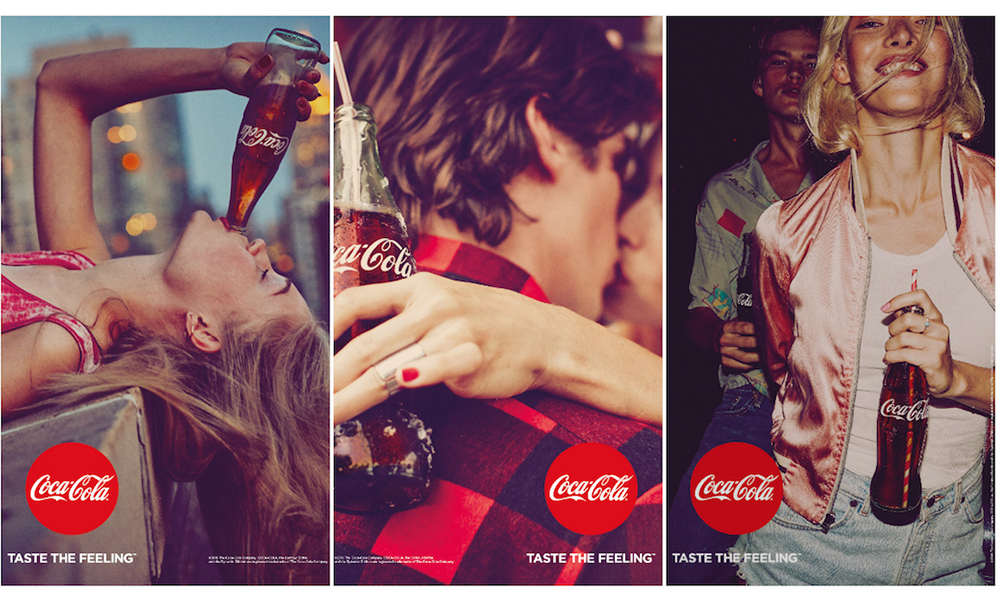Why Colors Can Be Very Powerful in Connecting us Emotionally To A Brand
For a long time, white eggs were popular among consumers,
who associated them with cleanliness, good hygiene, and high standards. Then,
gradually- no one knows why exactly- the public had a change of heart.
Suddenly, white was out and brown was in. It seemed consumers perceived brown
eggs as more organic, more natural. A general rule of thumb of the egg industry
is that the more yellow a yolk appears, the more it will appeal to consumers.
It’s instinctual- probably an evolutionary adaptation that kept our ancestors
from eating bad eggs.
Colors can be very powerful in connecting us emotionally to
a brand. Matt Lindstrom once conducted a test, where he invited 600 women into
a room, and presented each of them with a blue Tiffany’s box that was empty.
When the women received the box their heart rates went up 20%. The women never
saw the logo, just the color- with its powerful associations with engagement,
marriage, babies and fertility.
Perhaps the same reason, the color pink, with its
associations of luxury, sensuality and femininity is used to sell about
everything.
In a study of phone directory ads, researchers found that colored
ads hold customer’s attention for 2 seconds more, whereas black and white
images hold our interest for less than a second.
Even though sight is not as powerful in getting us to buy as
we once believed, much of what we perceive every day is connected to our
eyesight. Consider a study by a major French food manufacturer testing 2
different prototype containers for a diet mayonnaise product aimed at female
shoppers. Both containers held the exact same mayo and bore the exact same
label. The only difference was in the shape of their bottles. The first was
narrow and around the middle, and thicker at the top and on the bottom. The 2nd
had a slender neck that tapered down into a bulbous bottom, like a genie
bottle. When asked which product they preferred, all selected the 1st.
Why? The researchers concluded that the subjects were associating the shape of
the bottle with an image of their own bodies.



















0 comments:
Post a Comment